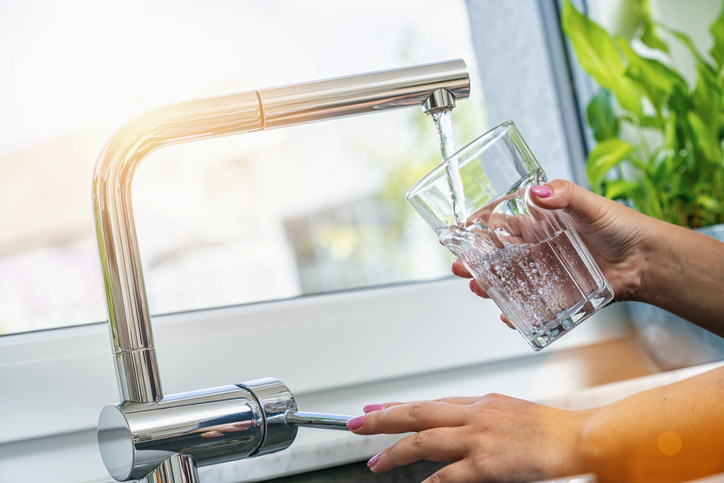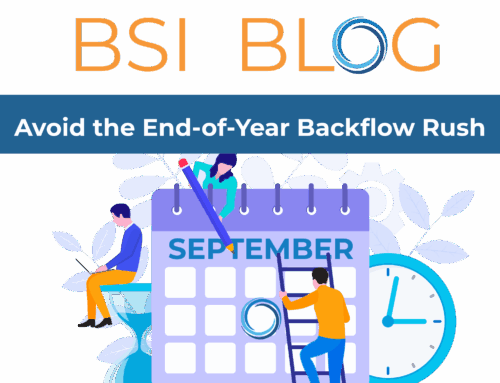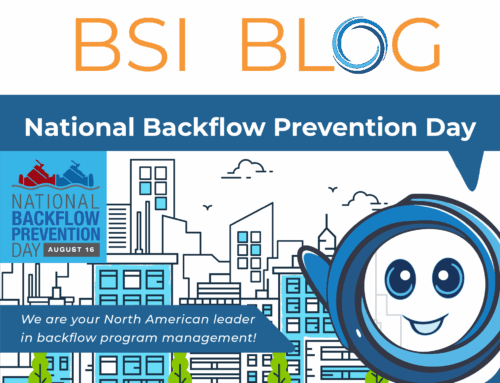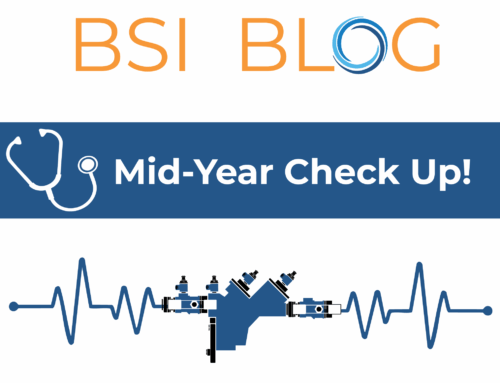According to an International Bottled Water Association (IBWA) Market report, in 2017 bottled water surpassed carbonated beverage as the number 1 packaged beverage in the United States with 13.7 billion gallons sold. If the bottled water industry continues its 7% growth rate, we could see 15 billion gallons or more of bottled water sold in 2019. Holding 24% of the US Beverage Segment market and generating nearly $20B in revenues (and $100B globally), you could say it is a good time to be in the bottled water business. But does that mean bottled water is the better choice over tap water? Let’s take a closer look at the raging debate between bottled water and tap water.
Environment
Did you know that water bottling facilities have to use approximately 3 times as much water as they make? In order words, for every gallon of bottled water, 3 gallons have to be pumped from the aquifers or streams to be processed. This places an enormous stress on the replenishment cycle of the watersheds and actually may cause long term harm to our water supplies. Then for all that water sold, the bottled water industry creates nearly 50 billion plastic water bottles each year in the US alone with the vast majority of those bottles ending up as trash in landfills, waterways and on the streets. Once all of that water is bottled up, a massive logistic caravan of planes, trains and freight trucks have to get all of that product to the shelves to be sold. Bottled water doesn’t have this burden. Each municipality, county or area draws water through a piping system directly from the source, through the public water supply system and to the water customer.
Standards of Quality
One myth that surrounds bottled water is that it is just as safe to drink as tap water. In the US, the Safe Drinking Water Act (SDWA) of 1974 (and revisions thereafter) establishes standards for the US EPA and State to protect the public drinking water supplies. Section 410 of the Federal Food, Drug and Cosmetic Act (FFDCA) requires bottled water regulations to be as stringent and protective as the EPA standards. But that is where the similarities end. The real difference is that tap water is regulated as a resource and bottled water is regulated as a food. Tap water is tested and regulated to a higher standard than bottled water. Tap water is required to publish water quality reports annually while bottled water is not. Tap water is certified, produced and distributed by analysts and licensed professionals in water quality. Bottled water is not. Tap water has to disclose its source and treatment methods while bottled water does not. The bottom line is that tap water is provided as a general need to the public for consumption, cooking, cleaning and bathing. Bottled water on the other hand is a product to be sold by a business where the bottom line is revenue.
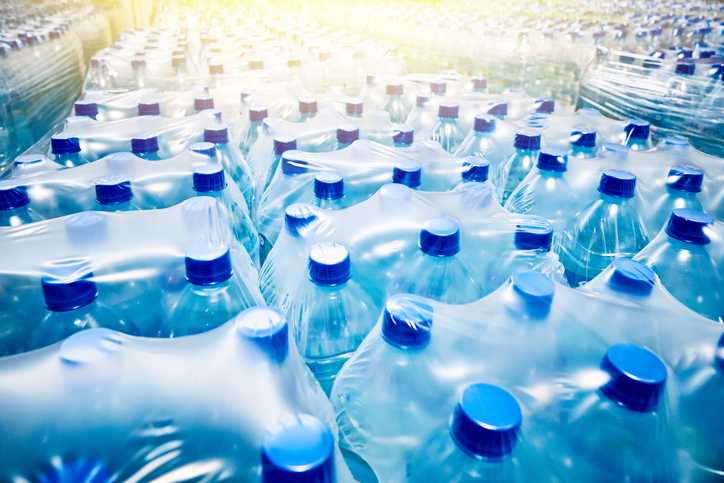
Plastic Bottles
So even if you wash the standards that both tap water and bottled water are held to, what about the 50 billion plastic water bottles every year that bottled water is packaged in? They do not break down naturally, so they hang around for quite a while long after they have been tossed away. Then when they finally do break down, they release toxic chemicals into the ground. Because plastic is a porous material, these same chemicals at trace levels are in the bottled water being consumed. Health studies are starting to show links between these plastic water bottles and heart disease, digestive disorders and cancer. Tap water? Yeah it doesn’t have this issue.
Cost
According to the IBWA, bottled water is on average wholesale cost of bottled water is approximately $1.30 per gallon. Retail costs, depending on regions and the stores you purchase from, range from $1.75 to $2 per gallon on average. On the other hand, tap water is $2 per 1,000 gallons on average in the US. $2 for 1 gallon or $2 for 1,000 gallons? That is a pretty easy decision isn’t it?
Taste
One of the most common reasons given for choosing bottled water over tap water is taste. However, in blind studies across the globe, tap water routinely has been near the top as the preferred water choice, ahead of many well-known and popular name brands. The general public has built this preconceived notion that its pricey bottled water so it must taste better.
Conclusion
In some third world countries, a reliable, safe source of tap water is not always available. So, it makes sense that there exists a humanitarian need for water to be brought into these locations. However, in modern, industrial and technologically advanced nations, like the United States, does bottled water even make sense? Bottled water seems to have attached itself at the hip to the healthier lifestyle choices that a lot of Americans are going for these days and thus become a status symbol for healthy living. And healthy living links itself to being a friend of the environment. At least that is what the folks want you to believe. Tap water is more environmentally friendly. Tap water is safe and readily available everywhere. Tap water is significantly cheaper to consume. Facts are facts.
And your winner by knockout: TAP WATER!!

